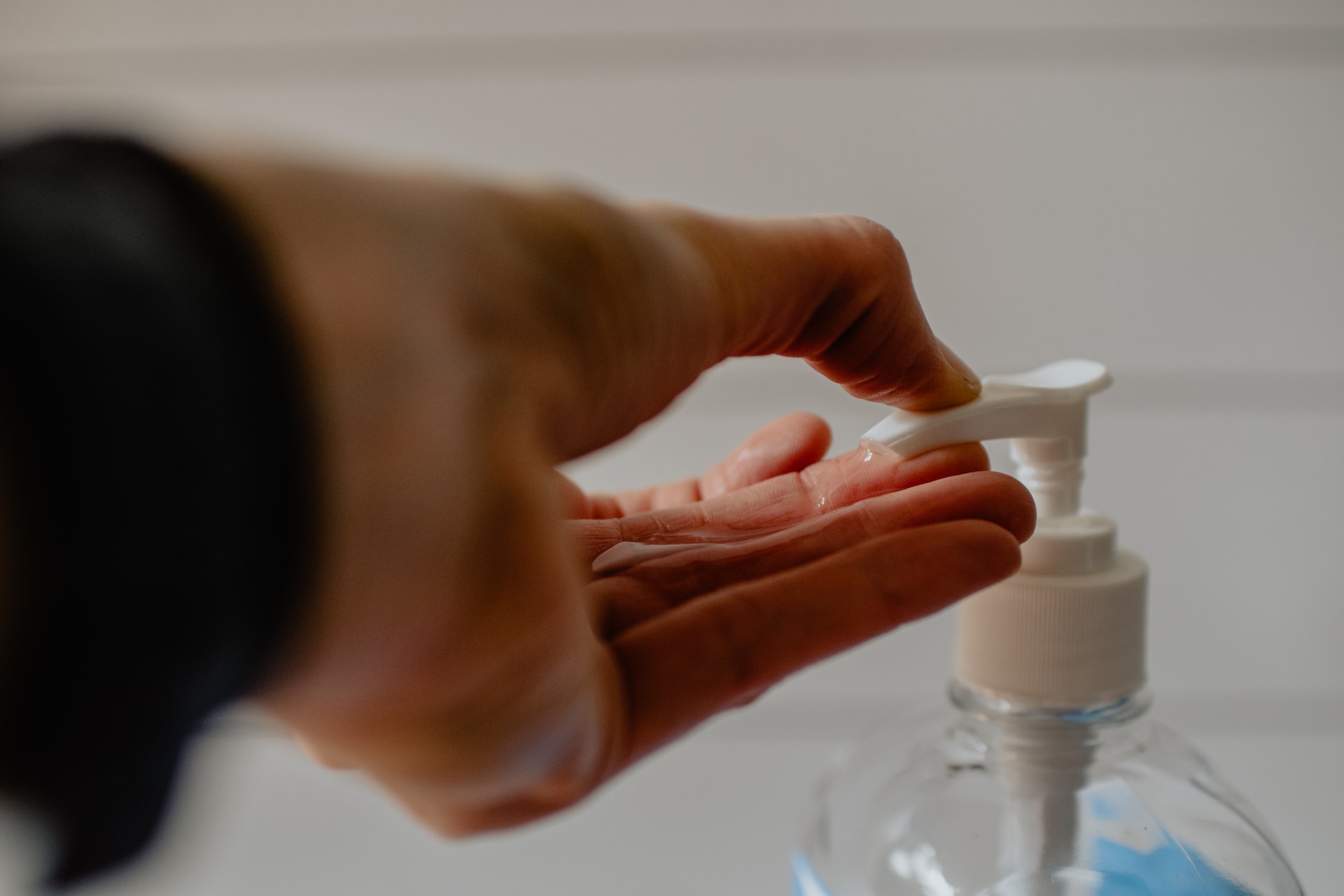
Social Secretary Ella Kipling discusses what a recent breakthrough in hormonal birth control means for gender equality
At the moment, the two contraceptive methods available to men are condoms and a vasectomy. For women, the options are seemingly endless. There’s the pill, female condoms, an IUD, Vaginal Rings, the implant, patches and several other methods.
If sex is an activity in which two people are involved, why is the responsibility only on the woman to prevent a pregnancy from happening? It takes sperm to fertilise the egg for a woman to become pregnant, after all.
“Why is the responsibility only on the woman to prevent a pregnancy from happening?
The information and side effects leaflet for the pill unfolds like a treasure map and could quite literally be used as a blanket as it is so large. Women suffer these potential effects, including blood clots, a raised blood pressure, and skin reactions. Listed as ‘common’ side effects of the combined pill are: feeling sick, abdominal pain, headache, breast pain or tenderness, slight bleeding between periods, mood changes, and fluid retention.
Given that women suffer these potential side effects, for years people have been wondering whether a male contraceptive method (other than those listed at the start) will be developed. Why should men be allowed to enjoy sex freely whilst women bear the weight of remembering to take a pill daily and altering their hormones to prevent pregnancy? Of course, there are other uses of the pill (it can be used to treat endometriosis, for example) but it says a lot about our society that in 2022 we are yet to have invented a male contraceptive.
However, things may be starting to change. The University of Washington in Seattle is one of the 15 sites around the world running tests of a potentially groundbreaking male contraceptive gel.
Test subjects, men ages 18 to 50 in monogamous relationships with women ages 18 to 34, rub one pump of NES/T on each shoulder every morning after a shower. As part of the trial, couples have to agree to have sex (without another form of protection) once a month for a full year. The gel is formulated to subdue sperm production by suppressing the luteinizing and follicle-stimulating hormones- which are the chemicals needed to make sperm.
One of the test subjects at first appeared sceptical of the gel and told Cosmopolitan that the gel looked like hand sanitiser. He said: ‘It smells like Purell; it looks like Purell. Can it really work if it’s just going on your skin?’
John Amory, MD, a professor at the University of Washington and a co-investigator on the trial, explained that the gel ‘drives these sperm producing hormones down to almost zero.’
“The gel ‘drives these sperm producing hormones down to almost zero.’
The ‘NES’ part of the name is from the branded progestin Nestorone which has been used for years in a vaginal contraceptive ring and for endometriosis treatment. The ‘T’ stands for testosterone. The gel diminishes testosterone production so the hormone is added to the gel to replace what is lost.
Diana Blithe, PhD, from the Contraceptive Development Program at the US National Institutes of Health, discussed the feedback from the men on the trial. ‘The response from men has been ‘we wish we could continue to use it. When is it going to be available’” and the women are saying ‘I really don’t want to go back on my method. I liked it when he was taking it.”
But exactly how successful has the trial been? After more than three years of testing, zero couples have gotten pregnant while using NEST/T, Cosmopolitan reports. Lead investigator on the Seattle trial Stephanie Page, MD, PhD, said: ‘We have had no serious adverse events- and I would say, overall, no big surprises.’
When asked about the option of male contraceptives, one male student told Redbrick: ‘If a male contraceptive was offered I would 100% choose to go on it. I am perplexed as to why this isn’t an option at the moment. I know it would make me feel a lot more relaxed, and this is something which should be pursued. It’s not fair that women should have to suffer 100% of the side effects, for something they play 50% of the role in.’
“It’s not fair that women should have to suffer 100% of the side effects, for something they play 50% of the role in
Read more from Life&Style:
It Takes Two to Tango: The Male Contraceptive Void

Comments